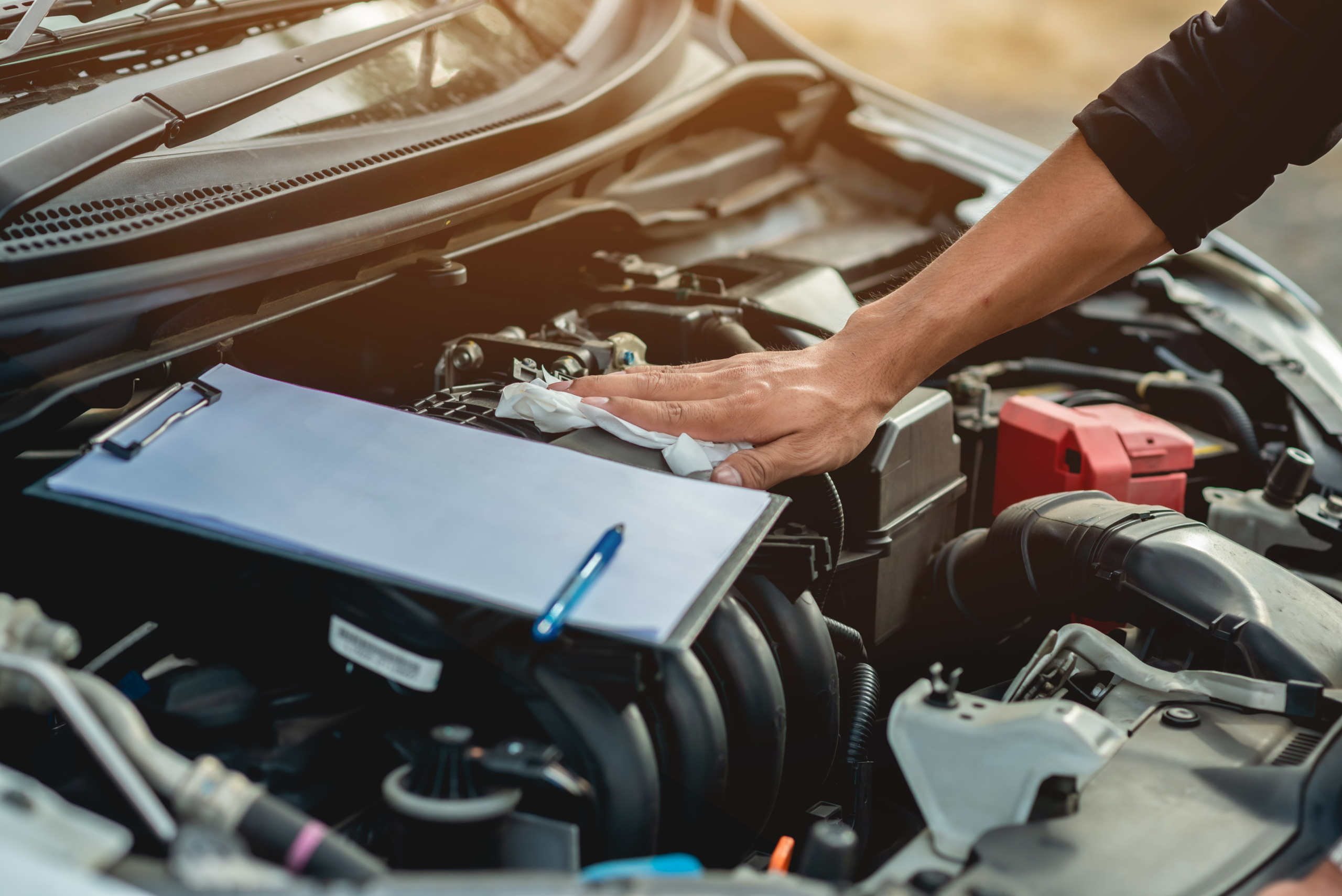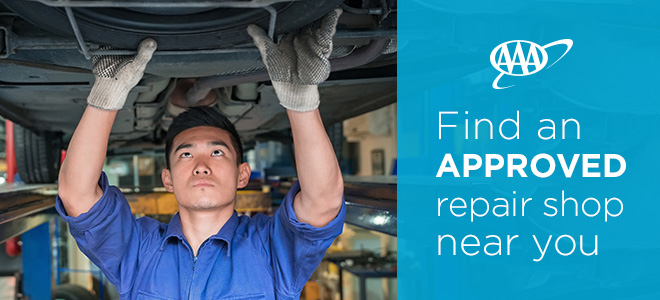
Prep Your Vehicles for Winter with Fall Maintenance
Fall is a time when many people prepare their homes for winter. Cars need fall maintenance, too. Modern vehicles usually require a lot less maintenance. Low maintenance is a great convenience, but no maintenance can be unsafe. It’s dangerous when your car breaks down on the side of the road, and the danger is magnified by wet or icy conditions. Exposure to below-freezing temperatures can add to the danger.
October is Car Care Month, and doing your own car-care check is quick and simple. Follow these steps to ensure your vehicle is ready for the months ahead.
Fall Maintenance Checklist
Step 1: Grab the owners manual and recent service receipts. If your vehicle is due, or near due for service, schedule it now.
Step 2: With the car parked on level ground, check under the hood. The owner’s manual will explain how to check fluids, belts and hoses. Inspect the car battery (if it’s accessible), and make sure the connections are clean and tight.
Step 3: If the battery is more than 3 years old, have it tested. AAA offers mobile battery service. Summer heat causes the majority of battery damage. Battery failure, however, is most common during winter. Older batteries may not have enough strength to turn over an engine in freezing conditions. If you are in need of a new battery, find a AAA Premium Battery at a local NAPA AUTO PARTS near you.
Step 4: Check windshield wipers and all lights. Replaced cracked or peeling wiper blades. If the blades look fine, clean them with rubbing alcohol. Run the wipers and windshield-washer fluid to check for smooth, streak-free results. All vehicle lighting should be clear and bright. Lens cleaners may be needed to restore older lenses. Bulbs lose brightness with age. You don’t need to wait for a bulb to burn out before replacing it. Vehicle lights work overtime during winter’s dark days.
Step 5: Inspect all four tires and the spare. Check tire inflation as well as tread wear. If the tires are dry and cracked, have them checked out for dry rot. If you rely on all-season tires, fall is the best time to replace tires. Without deep tread grooves on the tires, winter driving can turn into a dangerous game of slip and slide. If you’re in need of new tires, use your AAA membership to receive savings at your local Discount Tire.
Step 6: Check the front and rear defrosters. With the engine at normal operating temperature, make sure defrosters are working correctly. Defroster operation is just as important as lighting and wipers for winter driving visibility.


